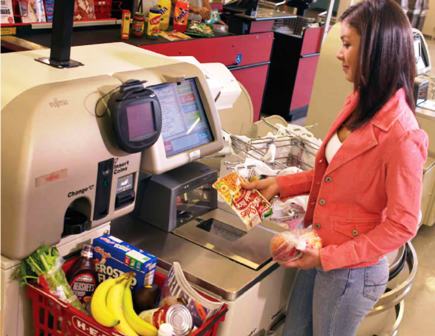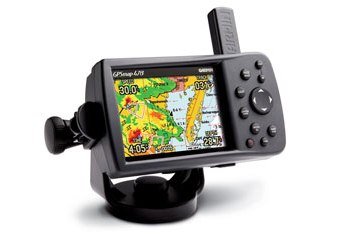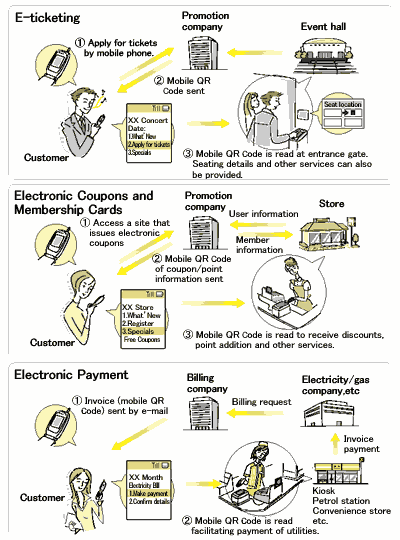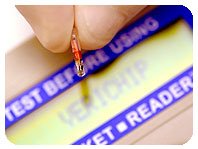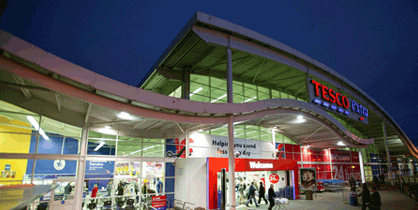 Store concept for the 21st century. Image Credit: TESCO
Store concept for the 21st century. Image Credit: TESCOEurope's largest food retailer finds it hard, even with all of the resources it has at its disposal, to implement a corporate RFID strategy.
This just shows that project deployment isn't as simple as flipping a switch.
This from the Progressive Grocer -
Tesco RFID Rollout Delayed Years
By Dave Friedlos, Computing, a VNU Publication
JUNE 29, 2006 -- LONDON, United Kingdon -- Limitations with radio frequency identification (RFID) technology have delayed a nationwide rollout at supermarket giant Tesco by several years.
Tesco had planned to install RFID tags and readers in 1,400 shops and 30 distribution centers by the middle of this year, but has so far completed just 40 stores and one depot.
Instead of tagging individual products, it will now permanently tag transport items such as pallets and carts and install the technology over several years. "We only got so far with the trials, but it proved RFID works," said a Tesco spokeswoman. "The new phase will build on this."
The retailer has struggled with radio frequency standards, a high concentration of readers in the warehouse that affect performance, slow read speeds and low tag quality.
Peter Harrop, chairman of RFID research specialist IDTechEx, says Tesco may have bitten off more than it could chew. "A lot of rollouts have had problems with one reader interfering with another because retailers are using UHF bands that are not as efficient," he said. "Europe also has hostile radio regulations."
Link Here>>
